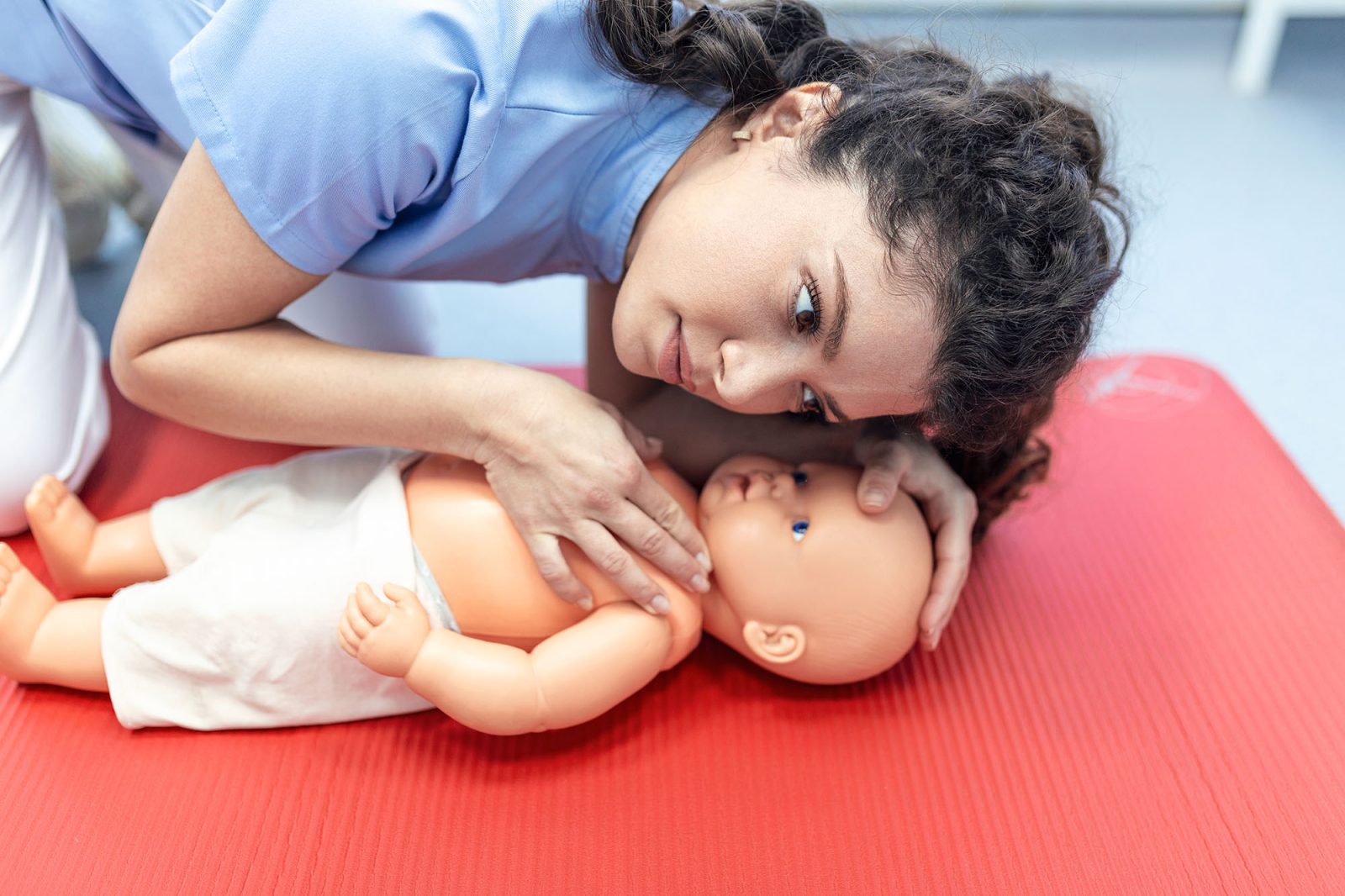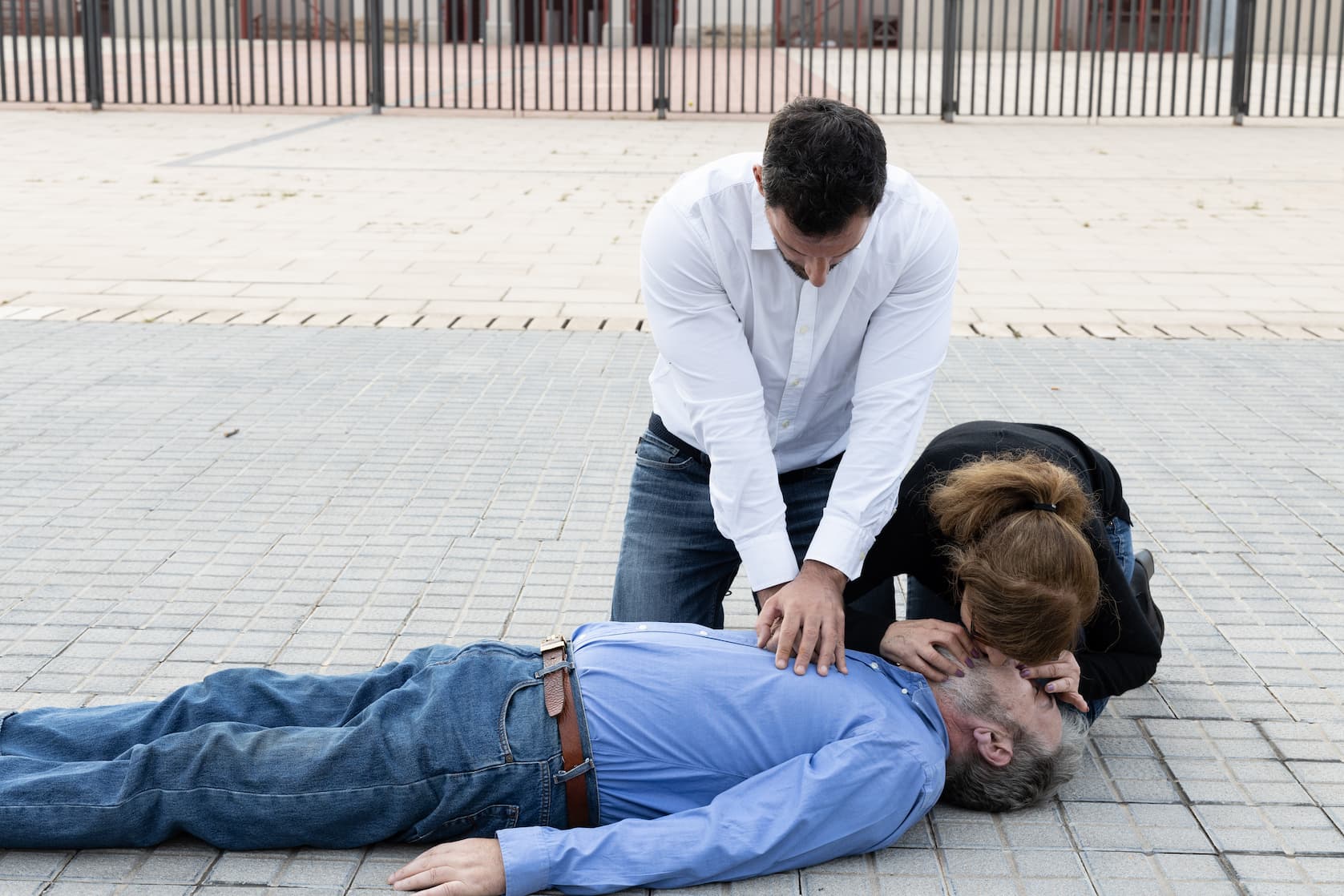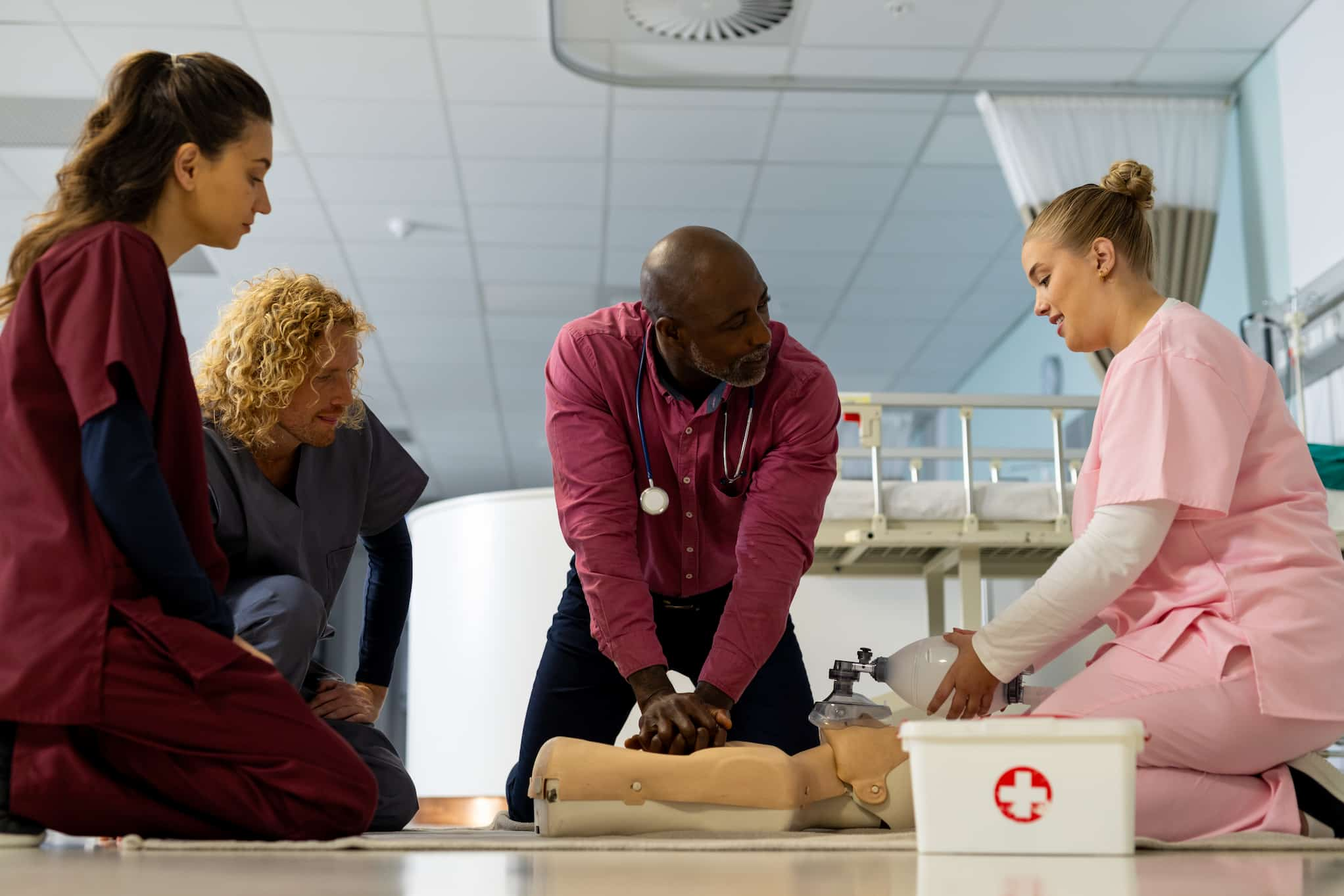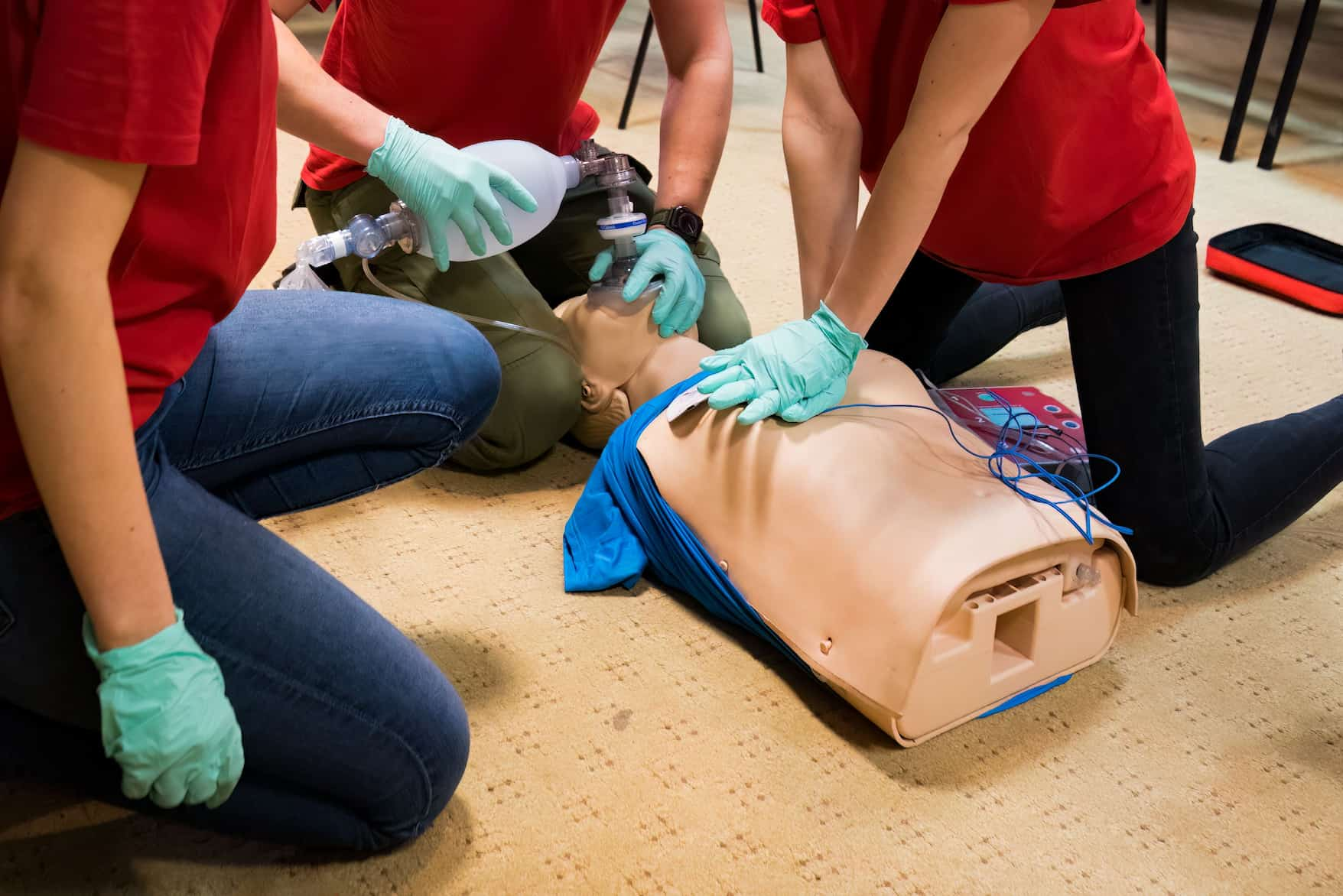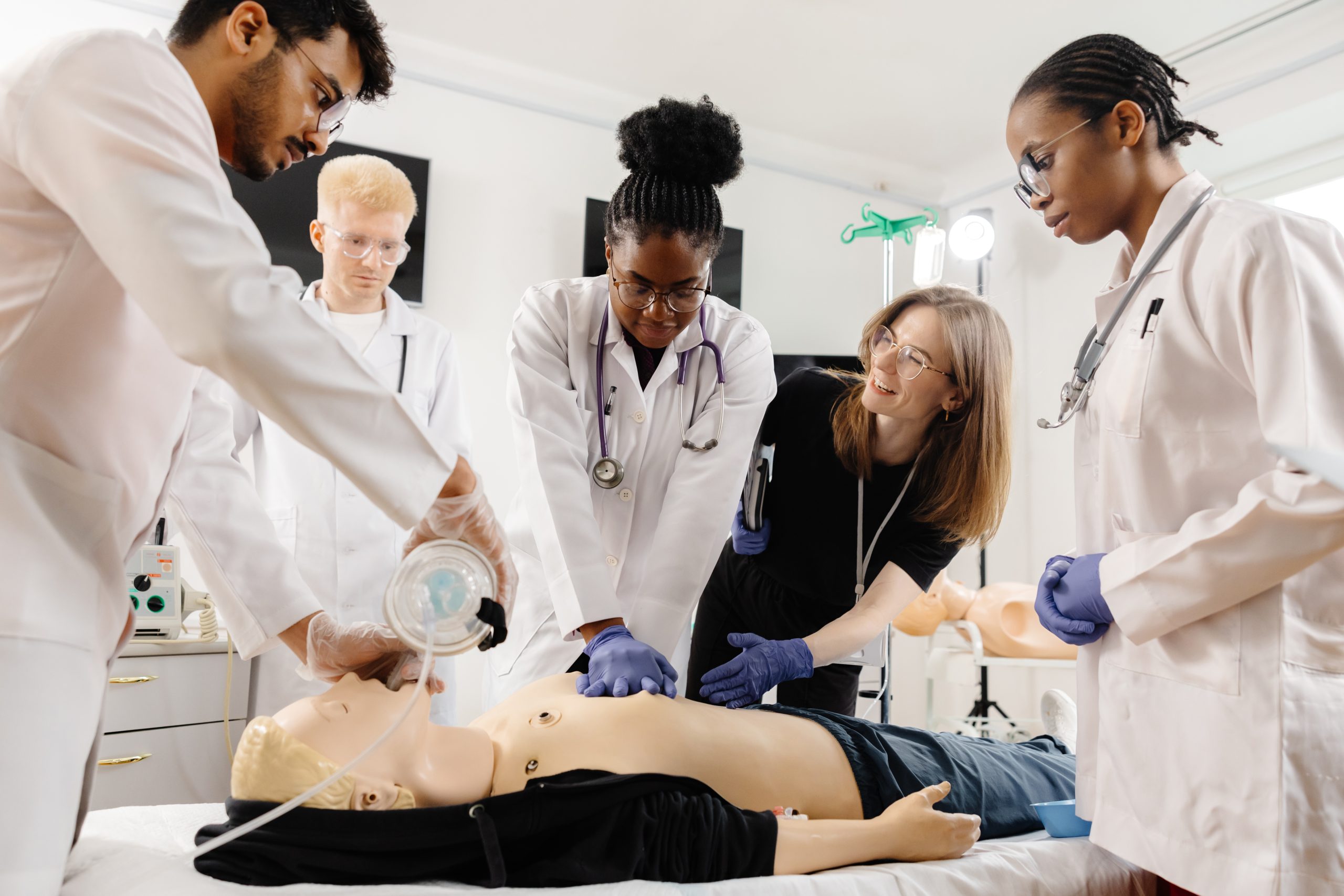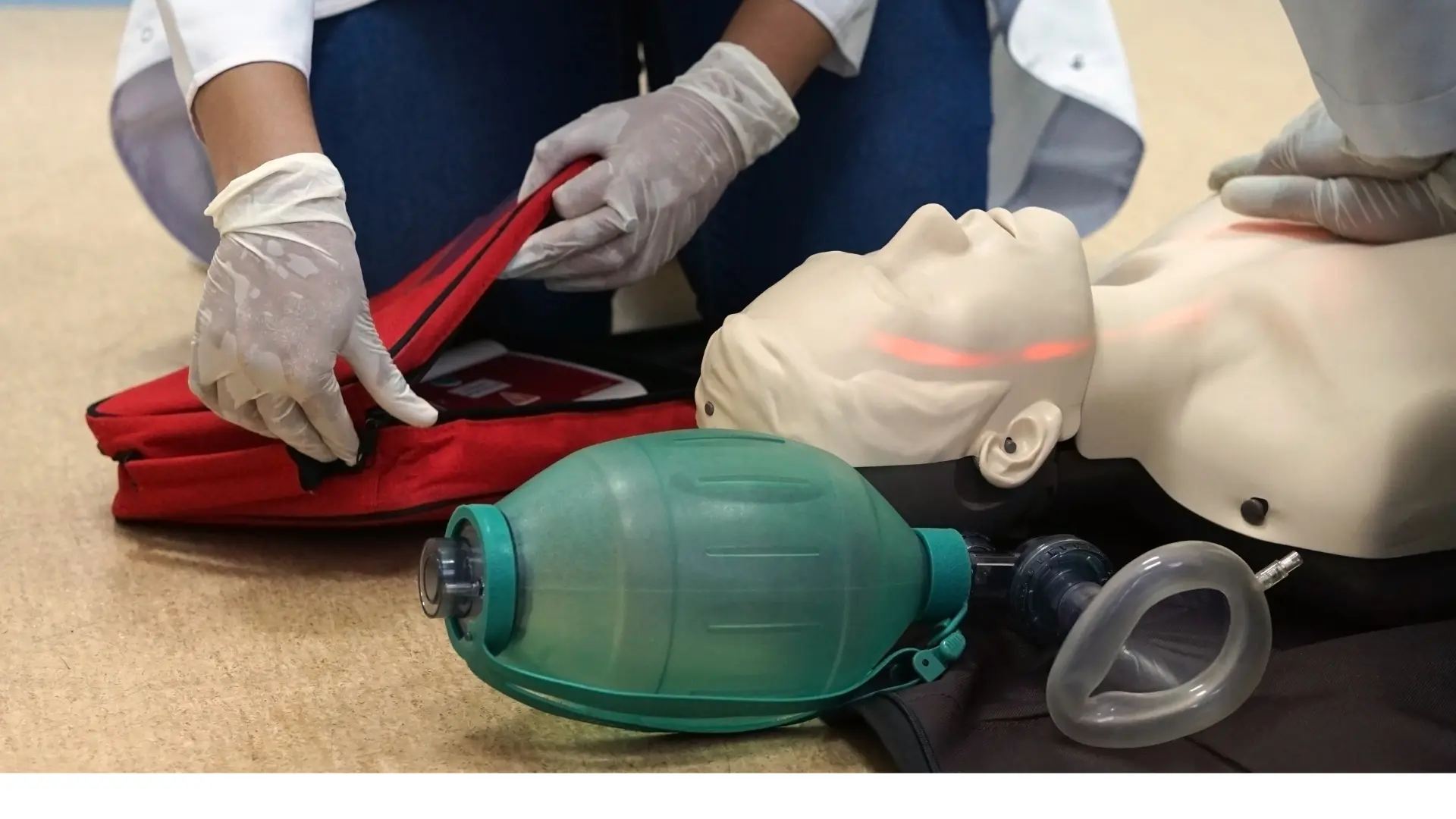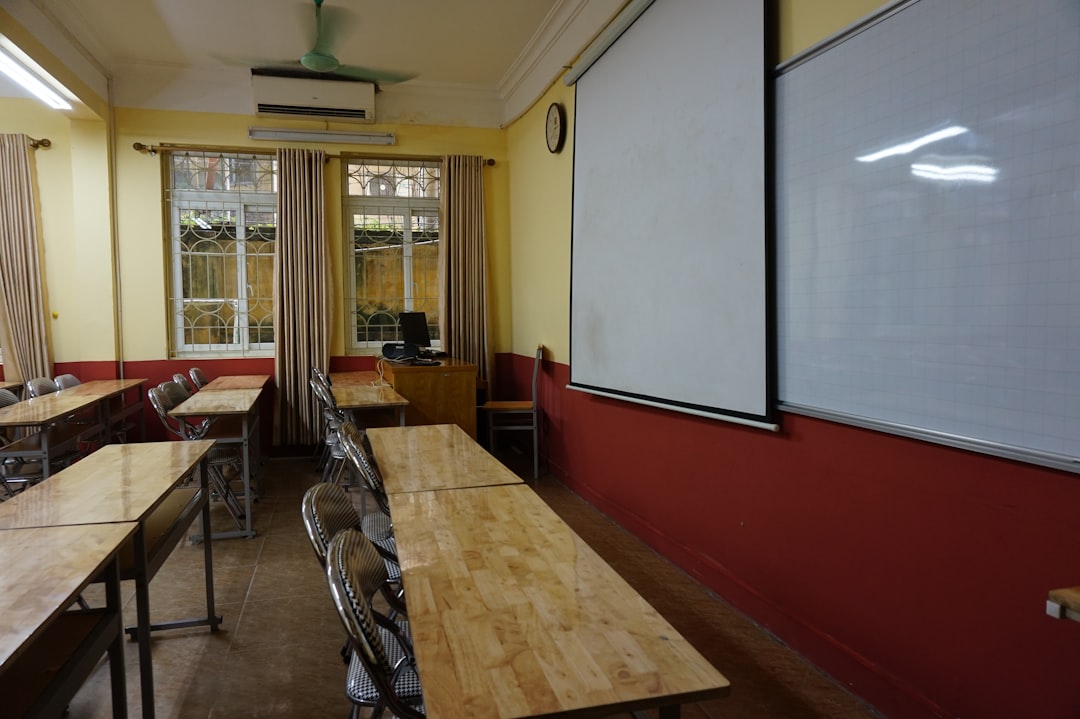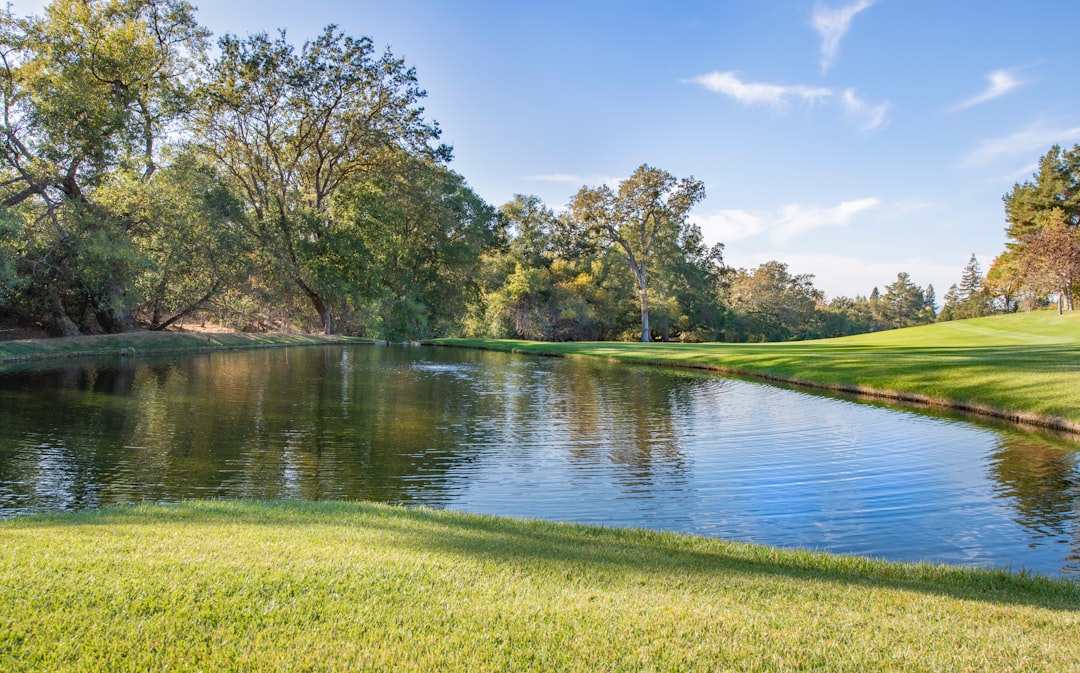Need American Heart Association CPR in Austin? Get Certified Today!
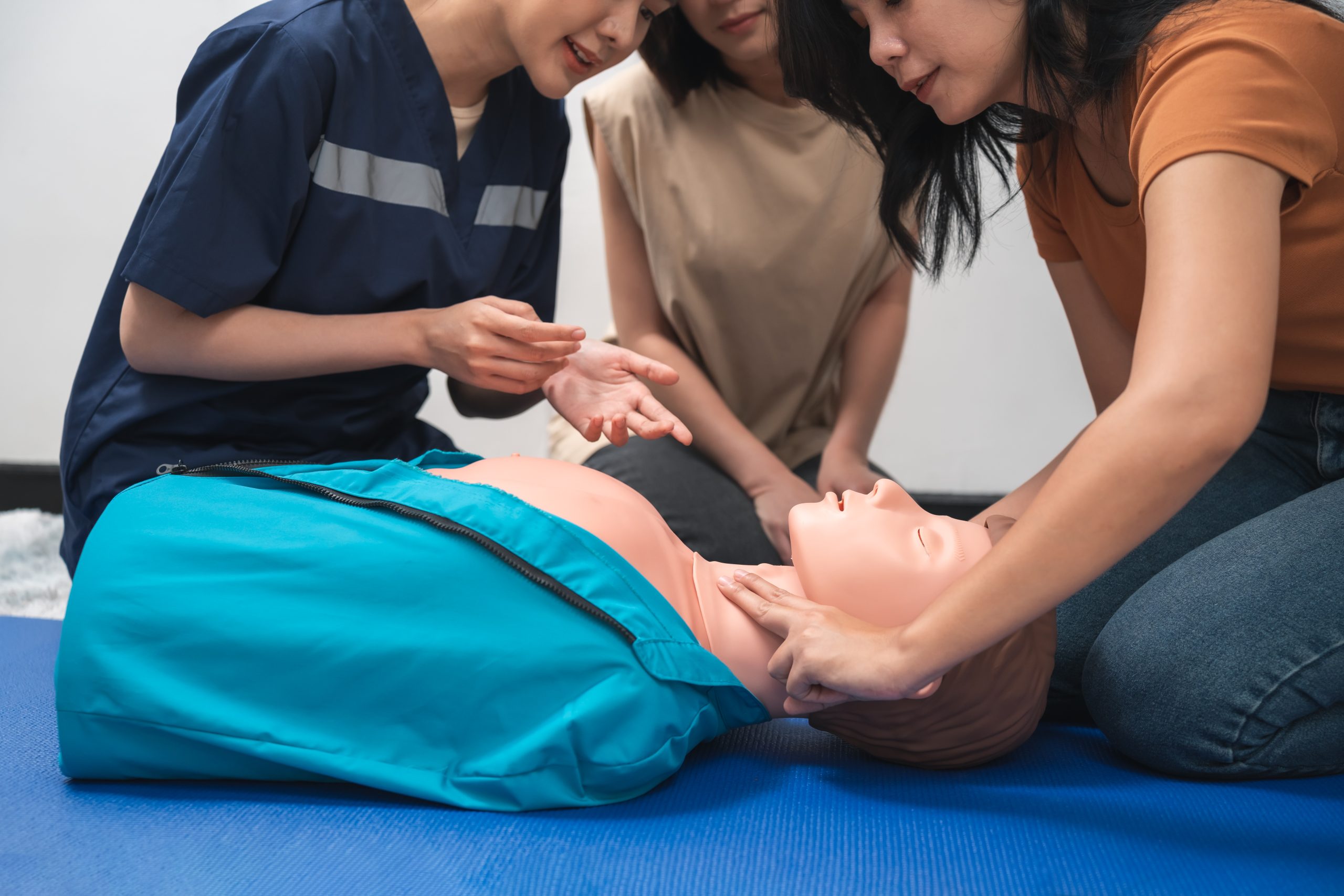
TL;DR: Get Certified Today!
Need your CPR certification (American Heart Association) in Austin? Don’t spend hours searching for a reliable provider. At CPR Classes Near Me, we offer expert-led, hands-on training for both healthcare professionals (BLS) and the general public (Heartsaver).
- Fast & Efficient: Complete your training in just a few hours.
- Same-Day Cards: Receive your official AHA eCard immediately after passing.
- Local & Convenient: Classes available throughout the Austin metro area.
Don’t wait until an emergency happens. Whether you need it for work or peace of mind, we make the process simple and stress-free.
Get Your CPR Certification with CPR Classes Near Me – View the Austin Schedule Here!
Your Trusted Choice for American Heart Association CPR in Austin
Are you looking to gain the skills needed to save a life while meeting your employer’s strict requirements? In the heart of Texas, being prepared for a cardiac emergency isn’t just a “nice-to-have” skill. It’s often a professional necessity. Whether you are a nurse at St. David’s, a teacher in AISD, or a fitness coach in South Congress, having a valid AHA CPR certification is the gold standard for emergency preparedness.
At CPR Classes Near Me, we provide AHA CPR training in Austin and the surrounding Hill Country. We focus on making the certification process fast, stress-free, and, most importantly, effective. You won’t just sit through a lecture; you will leave our doors with the confidence and the digital eCard to prove you are ready to act.
Why choose American Heart Association CPR in Austin, Texas?
When it comes to resuscitation science, the American Heart Association is the world leader. Choosing an AHA-authorized course ensures that you are learning the latest, evidence-based techniques that are proven to improve survival rates.
- Universal Acceptance: Almost every hospital, clinic, and school district in Austin specifically requires AHA certification over other providers.
- The Latest Science: AHA guidelines are updated regularly based on the most recent cardiac research.
- Quality Control: AHA training centers must adhere to strict instruction standards, ensuring you get the same high-quality education every time.
Which AHA CPR course is right for your career?
Not all CPR classes are the same. Depending on your job or personal goals, you will likely need one of two primary AHA tracks:
- Basic Life Support (BLS) for Healthcare Providers
- Who it’s for: Nurses, Doctors, EMTs, Dentists, and Medical Students.
- What you learn: High-quality CPR for adults, children, and infants; use of an AED; bag-mask ventilation; and team dynamics during a “code” situation.
- Heartsaver® CPR, AED, and First Aid
- Who it’s for: Teachers, Childcare Workers, Personal Trainers, and the general public.
- What you learn: Basic CPR techniques, how to use an AED, and how to handle common first-aid emergencies like choking, bleeding, or allergic reactions.
How long does an AHA CPR class in Austin take?
We value your time. Our Austin classes are designed to be efficient without cutting corners on safety.
- BLS Classes: Generally last between 3 to 4 hours.
- Heartsaver Classes: Depending on the modules (CPR only vs. CPR + First Aid), these take about 3 to 4 hours as well.
- Renewal Classes: If you have an unexpired card, your recertification can often be completed in a slightly shorter timeframe focused on skills updates.
Can I get my CPR certification card on the same day?
Yes! One of the biggest advantages of training with CPR Classes Near Me in Austin is our same-day certification policy.
- Once you pass your skills test and written exam, our instructors process your information immediately.
- You will receive an official AHA eCard via email before you even get back to your car.
- No more waiting weeks for a paper card in the mail while your boss asks for your credentials.
What should you expect during your Austin CPR training?
If you’re nervous about taking a test, don’t be. Our instructors are there to help you succeed, not to watch you fail. The atmosphere is business casual and conversational, designed for adult learners.
- Hands-On Practice: You will spend the majority of your time working with feedback-manikins that tell you if your compressions are deep enough and fast enough.
- Video-Guided Learning: The AHA uses a “practice-while-watching” method that ensures you see the skill performed correctly before you try it yourself.
- Small Class Sizes: We keep our classes small so you get personalized attention and plenty of time to ask questions.
Where are these CPR classes located in the Austin area?
We don’t just serve downtown Austin. We know that traffic on I-35 or MoPac can be a nightmare, so we strive to make our training accessible to the entire region. We provide certification for residents and businesses in:
- North Austin: Round Rock, Pflugerville, Georgetown, and Cedar Park.
- South Austin: Buda, Kyle, and San Marcos.
- West Austin: Lakeway, Bee Cave, and West Lake Hills.
- East Austin: Manor, Taylor, and Bastrop.
If you have a group of 5 or more, we can even bring the training directly to your office or facility!
Is the AHA certification valid for two years?
Every official American Heart Association certification is valid for exactly two years from the date of issue. To stay compliant with OSHA or your employer, you must renew your certification before the end of that two-year period. We recommend scheduling your renewal 30 days before your card expires to ensure there is no lapse in your credentials.
How does AHA training compare to other providers?
While there are other organizations like the Red Cross, the American Heart Association is often preferred in the healthcare industry because of its rigorous focus on “High-Quality CPR.”
- Strict Passing Standards: AHA requires a higher score on written exams (usually 84% or higher).
- Specific Equipment: AHA requires the use of feedback devices on manikins, which ensures you actually know how hard to push.
- Scientific Foundation: The AHA writes the guidelines that most other organizations eventually follow.
What are the requirements for Texas high school students?
Under Texas Senate Bill 261, all high school students must receive CPR training at least once before graduation. While the law doesn’t strictly require a full certification eCard, many Austin students choose to get their official AHA Heartsaver card during this time to help with summer jobs, lifeguarding, or college applications.
Why choose us over a “free” or “online-only” class?
You might see “Free CPR” or “$20 Online Certification” ads, but beware.
- Online-Only is Not OSHA Compliant: Employers and OSHA require a hands-on skills check with a live instructor.
- Hidden Fees: Many “cheap” classes charge you extra for the card at the end. At CPR Classes Near Me, our pricing is transparent and includes everything you need.
- Quality of Instruction: A video cannot tell you if your hand placement is wrong; a certified AHA instructor can.
Are you ready to save a life in Austin?
Emergencies don’t wait for a convenient time. Whether you are at Zilker Park or in a high-rise office downtown, being the person who knows what to do can make the difference between a tragedy and a success story.
Our mission at CPR Classes Near Me is to empower the Austin community with the best training available. We provide a comfortable, professional environment where you can master the skills of the American Heart Association.
Get Your CPR Certification with CPR Classes Near Me – Schedule Your Austin Class Now!
Frequently Asked Questions (FAQ)
How do I get my CPR certification in Austin?
To get certified, you simply need to register for an AHA-authorized class through a provider like CPR Classes Near Me. You will attend a 3-4 hour session that includes watching instructional videos, practicing on manikins, and passing a skills test and a written exam. Once completed, your eCard is issued digitally.
How much do CPR classes in Austin cost?
Prices vary depending on the specific course. BLS for Healthcare Providers usually starts around $59.95. Heartsaver courses that include First Aid may cost slightly more. We pride ourselves on transparent pricing with no hidden fees. Your certification card is always included in the price.
How long is my AHA CPR certification valid?
Your certification is valid for two years. The expiration date is clearly marked on your digital eCard. You should plan to take a renewal course every 24 months to keep your skills sharp and your credentials current.
Do you offer same-day certification?
Yes. We issue American Heart Association eCards on the same day you complete your training. You will receive an email from the AHA with instructions on how to claim and download your digital card immediately after class.
Where is the best place to take a CPR class in Austin?
The best place is an AHA-authorized training site that offers hands-on instruction and same-day cards. CPR Classes Near Me serves the entire Austin metro area, providing flexible scheduling and expert instructors who make the process easy for everyone.
What is the difference between BLS and Heartsaver?
BLS (Basic Life Support) is specifically designed for healthcare professionals and includes more advanced techniques like 2-rescuer CPR and bag-mask ventilation. Heartsaver is intended for the general public (teachers, parents, coaches) and focuses on the basics of CPR, AED use, and First Aid.

